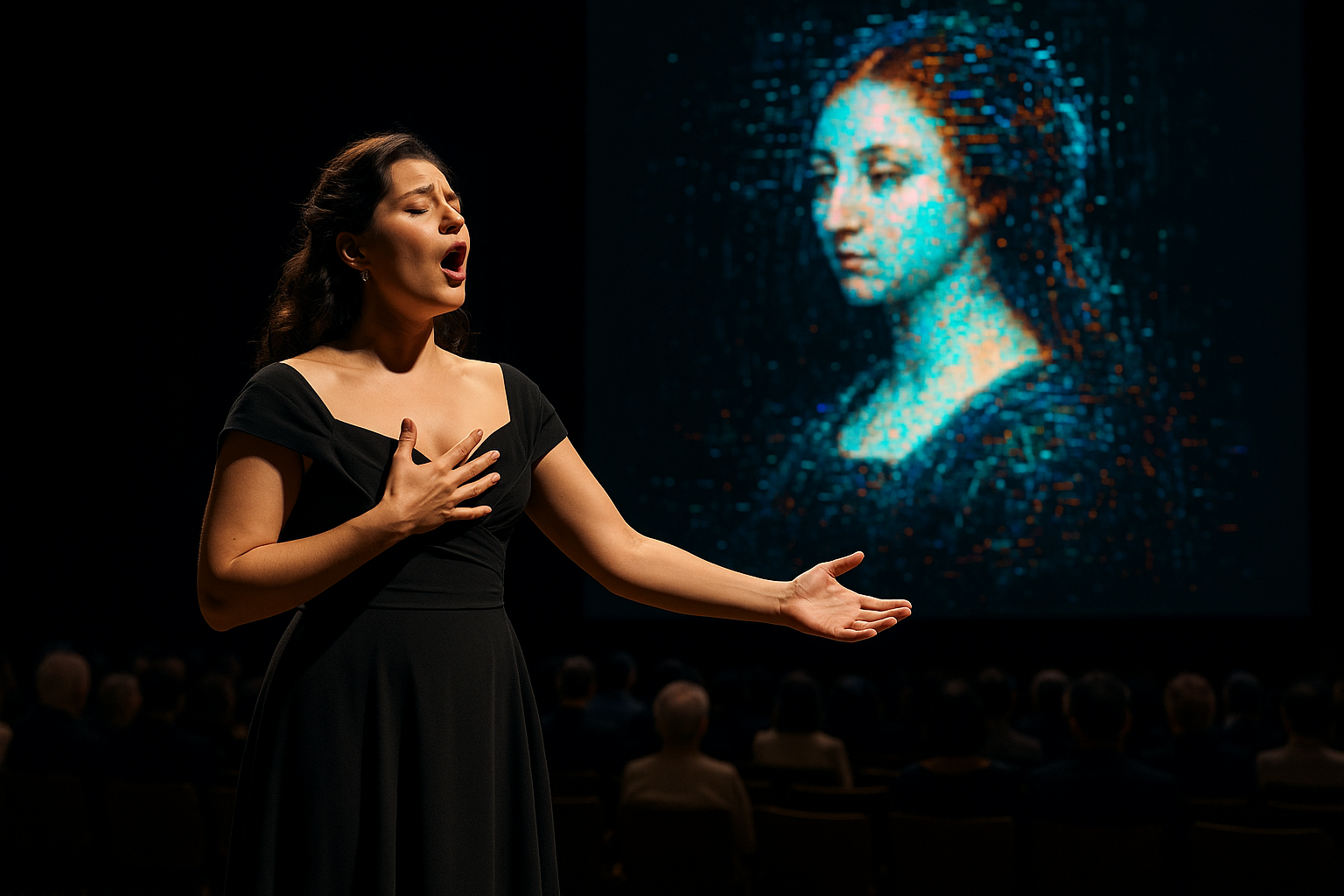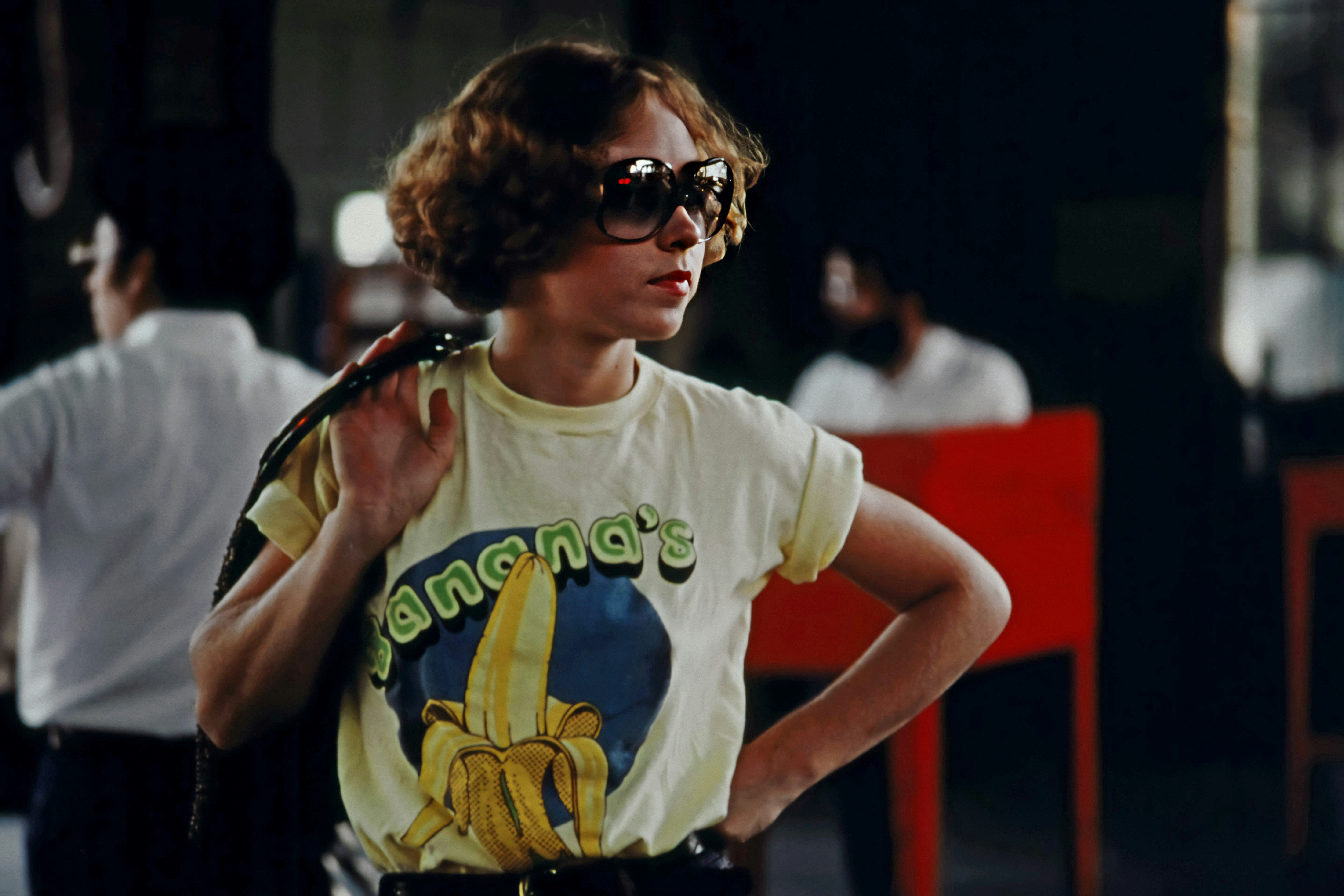Holographic Operas: A New Frontier in Performance Art
In the ever-evolving landscape of artistic expression, a groundbreaking fusion of technology and classical art form is captivating audiences worldwide. Holographic operas, a cutting-edge blend of traditional operatic performance and state-of-the-art holographic technology, are redefining the boundaries of live entertainment. This innovative approach to opera is not only revitalizing a centuries-old art form but also attracting a new generation of tech-savvy audiences. As holographic operas gain traction in major cultural centers, they promise to reshape the future of theatrical experiences.

Technological Marvel Meets Artistic Vision
At the heart of holographic operas lies a complex system of lasers, mirrors, and high-resolution projectors. This technology creates lifelike, three-dimensional images of performers that can interact with live singers and musicians on stage. The result is a seamless blend of reality and virtual presence, allowing for unprecedented creative possibilities in staging and performance.
Reimagining Classical Works
Holographic operas have breathed new life into beloved classical works. Productions of Mozart’s The Magic Flute and Wagner’s Ring Cycle have been reimagined with spectacular holographic effects, transporting audiences to fantastical realms that were previously only imaginable. These innovative adaptations have garnered critical acclaim for their ability to honor the original compositions while pushing the boundaries of visual storytelling.
Challenges and Controversies
Despite its potential, the rise of holographic operas has not been without controversy. Traditionalists argue that the technology detracts from the purity of live performance, while others raise concerns about the potential displacement of flesh-and-blood performers. Additionally, the high costs associated with implementing holographic technology have limited its widespread adoption, particularly in smaller opera houses.
The Future of Holographic Performances
As technology continues to advance, the possibilities for holographic operas seem boundless. Industry experts predict a future where audience members can interact with holographic elements, creating a truly immersive experience. Furthermore, the potential for remote performances, where holographic singers can appear simultaneously in multiple venues worldwide, opens up exciting new avenues for global artistic collaboration.
Impact on the Opera Industry
The introduction of holographic elements has had a profound impact on the opera industry as a whole. It has attracted younger audiences, traditionally a challenge for opera houses, by offering a fresh and technologically impressive experience. This influx of new patrons has led to increased funding and renewed interest in operatic productions across the board.
Educational Potential
Beyond entertainment, holographic operas have shown significant potential in educational settings. Music schools and conservatories are exploring ways to use this technology to enhance teaching methods, allowing students to interact with virtual representations of great performers and conductors from history. This application could revolutionize the way future generations learn and appreciate classical music.
Global Reception and Cultural Significance
The reception of holographic operas has varied across different cultures. While some countries have embraced this technological advancement wholeheartedly, others have been more hesitant, preferring to maintain traditional operatic practices. This divide has sparked interesting discussions about the role of technology in preserving and evolving cultural heritage.
The Artistic Process Behind Holographic Operas
Creating a holographic opera involves a unique collaboration between traditional opera professionals and technology experts. Composers, librettists, and directors must work closely with holographic designers and programmers to ensure that the technological elements enhance rather than overshadow the musical and narrative aspects of the performance. This interdisciplinary approach is fostering new forms of creativity and collaboration in the arts.
Ethical Considerations and Intellectual Property
The advent of holographic operas has raised complex ethical and legal questions. The ability to recreate deceased performers or historical figures as holograms has sparked debates about posthumous rights and the ethics of digital resurrection. Additionally, new copyright laws are being developed to address the unique challenges posed by this technology in terms of performer rights and intellectual property.




